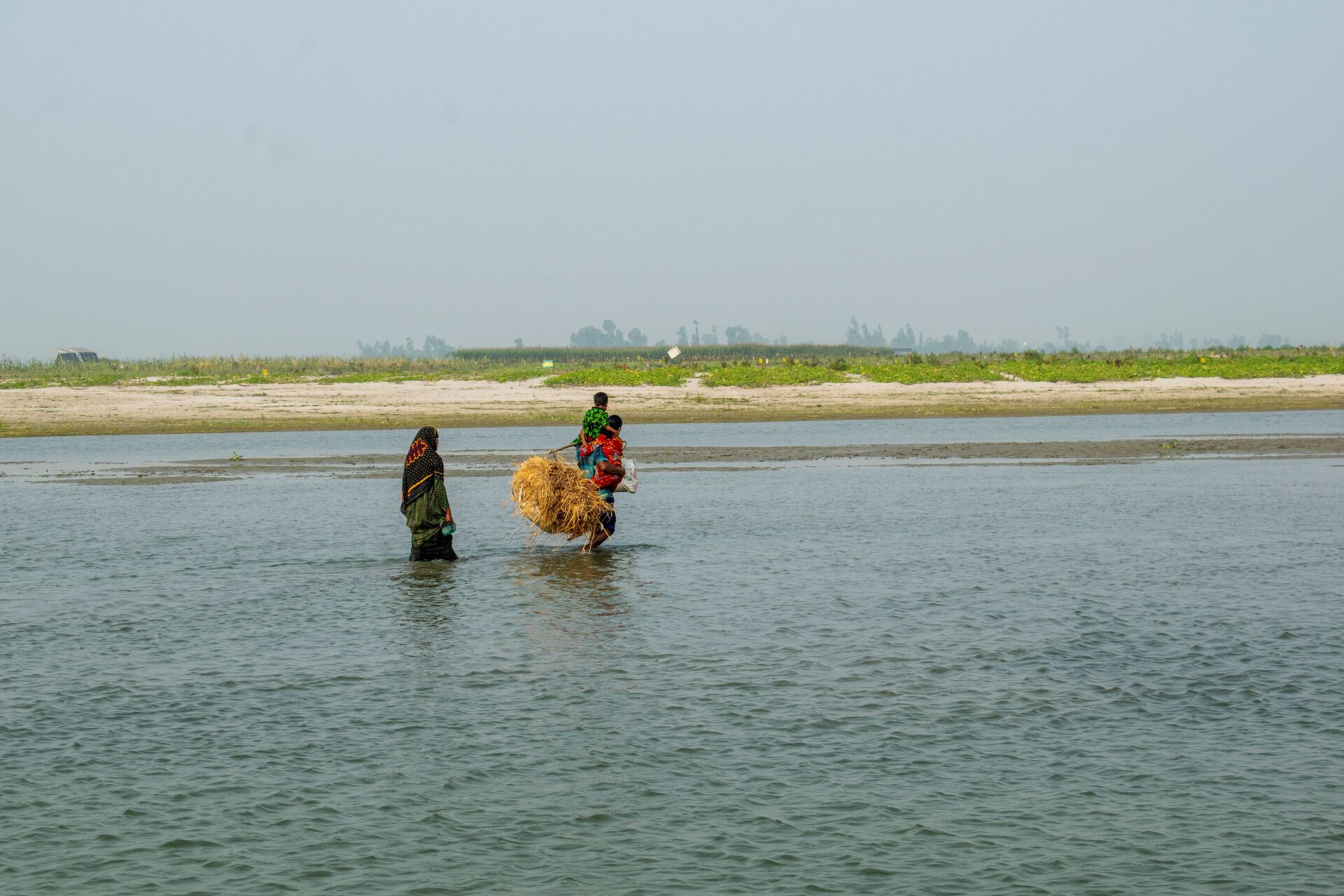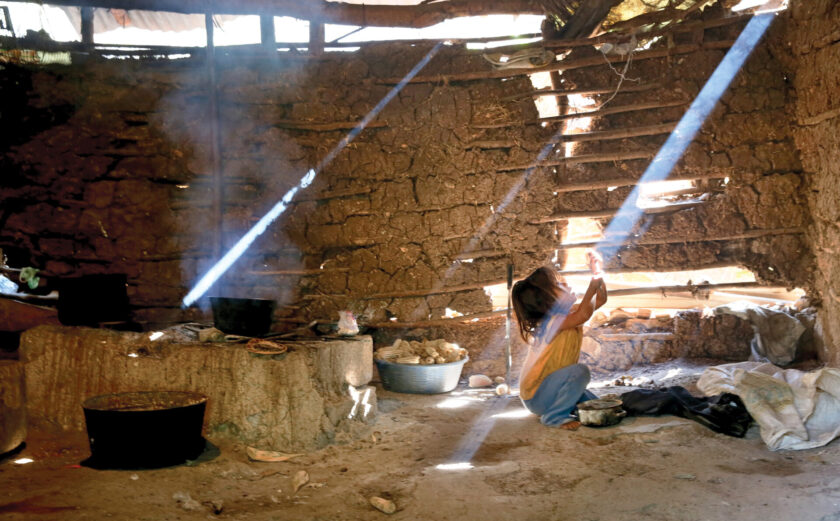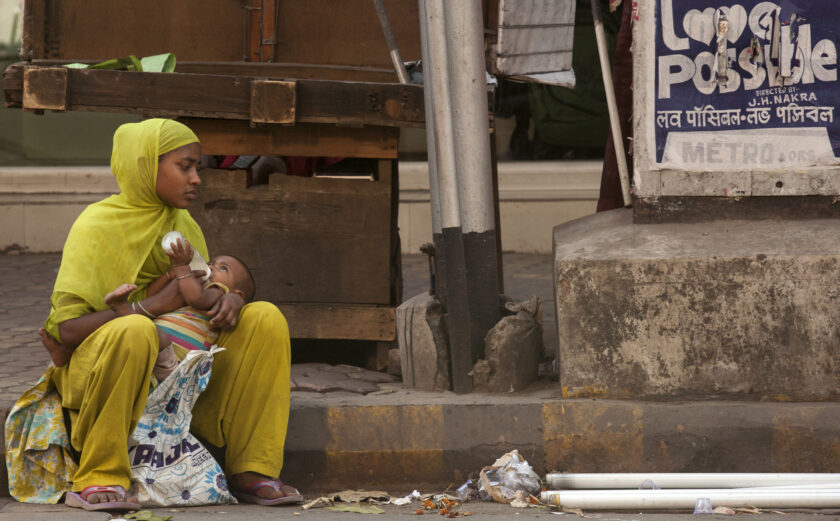
Environmental Management in Humanitarian Responses
While humanitarian responses focus mostly on the emergency phase—like addressing lifesaving and immediate needs—addressing the impacts and risks of climate change is increasing in urgency.
To these ends, InterAction conducted climate research and consultations to understand how climate change and environmental degradation impact humanitarian operations and what initiatives are being undertaken. Consultations revealed promising and laudable efforts by individual organizations within humanitarian sectors but underscored the current lack of strategy and the need for more collaborative environmental management.
Current efforts in humanitarian response prioritize “greening”—meaning they seek to reduce an organization’s carbon footprint, energy consumption, plastic use, and waste—which are broadly centered around the idea of mitigation. However, minimal attention is paid to adaptation and anticipatory action. Limited adaptation measures are on the rise and initiatives around anticipatory action mainly focus on early cash distributions, early warning systems, and some preparedness work, mirroring disaster risk reduction practices.
Noting these disparate efforts, InterAction highlights a case study on collaborative environmental management in Cox’s Bazar, found in the attached report. Many research participants underscored that while individual sectoral efforts are important, a whole-of-system approach is imperative to avoid maladaptation. In support of this whole-of-system approach, organizations are beginning to understand the importance of collaborative environmental management. This report dispels the notion of a one-size-fits-all solution to environmental challenges, recognizing the inherent context specificity of environmental and climate-related impacts.
Feedback
Group consultations took place in several regional forums and at InterAction’s office, while interviews were conducted with practitioners in several countries, including Bangladesh, Mozambique, Nigeria, Pakistan, Somalia, Turkey, and Venezuela. These conversations illustrated the current varied but uncoordinated efforts aimed at tackling climate change during humanitarian operations.
A sample of feedback received during the interviews are found below:
- Environmental rehabilitation: “…funding was made available to engage local NGOs in environmental rehabilitation, which involved planting grasses, fruit trees, and medicinal plants, developing a children’s play area, and using wastewater for irrigation … Occasional awareness raising for the communities is conducted through accountability to affected populations, such as some partners providing tree saplings to households.”
- Monitoring and evaluation: “Environmental concerns are included in the humanitarian response plan but without benchmarks, indicators, or targets.” In some instances, “[e]nvironmental outcomes are not measured.”
- Multisector collaboration: “Improved fuel sources to replace firewood are being considered to reduce protection risks. Some organizations are providing wood and charcoal brought from other states.”
- Holistic Approach: “The best that can be done is to integrate it into site planning, but there is a lack of harmony between site planning and emergency preparedness.”
- Greening: “Currently, evaluation is undertaken on the carbon footprint of NFI items and plastic reduction, as well as to make partners more conscious of how to reduce NFI packaging and waste.”
Case Study: Cox’s Bazar
The Rohingya refugee response in Cox’s Bazar sets an example for multisectoral collaboration and response that resulted in better environmental sustainability and disaster risk reduction outcomes. Its unique location, density, and legal framework created a situation where all stakeholders could develop a strategic approach to work toward common goals. The Energy and Environmental Technical Working Group (EETWG) in Cox’s Bazar, dedicated to addressing environmental challenges among different sectors and stakeholders, made incremental improvements through sector-specific efforts. Local stakeholder and donor involvement were crucial for its short and long-term success.
The experience in Cox’s Bazar suggests that such a collaborative environmental management group (i.e. the EETWG) could work with multiple sectors and stakeholders to improve understanding of shared operational values and long-term benefits to displacement settlements and surrounding hosting areas. Such collaborative efforts are also emphasized as key principles in the Settlements Approach Guidance Note, which calls for more accountable, efficient, and localized interventions that reflect the cultural, economic, and environmental features of the affected communities.
The study is available HERE. Please contact Mohamed Hilmi for more information.
—
Additional reports related to InterAction’s climate research and consultation findings have been published separately, including:








